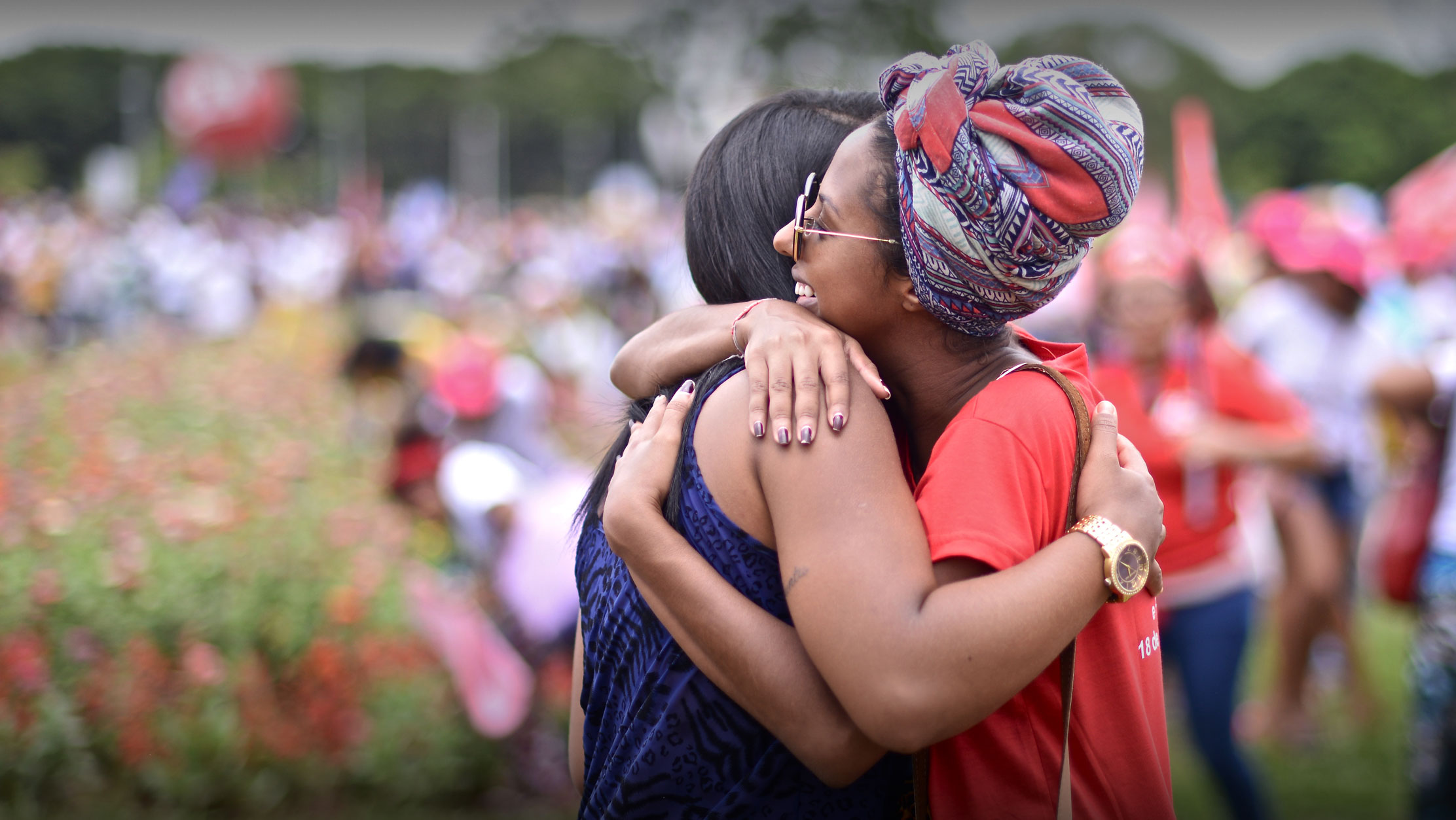Kurdish Women: Resilience in the face of double discrimination
FRIDAY FILE: Kurds living in Turkey mainly inhabit the East and South-East of Turkey. They are the largest ethnic minority in the country and since the establishment of modern Turkey they have been marginalized and oppressed.
